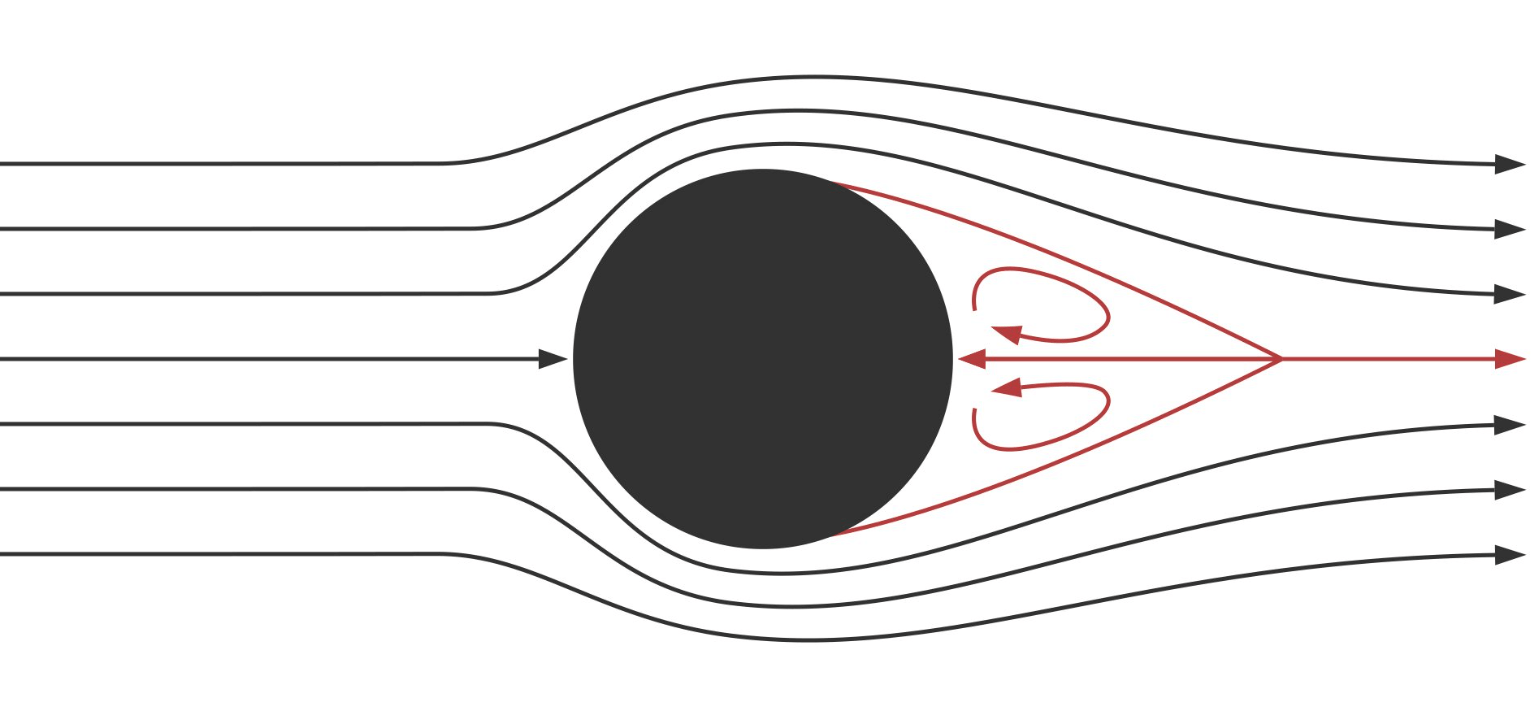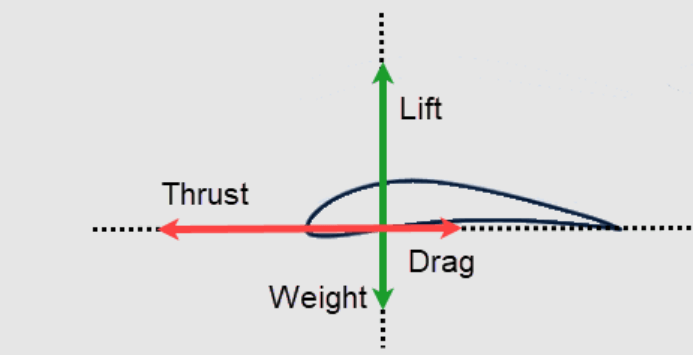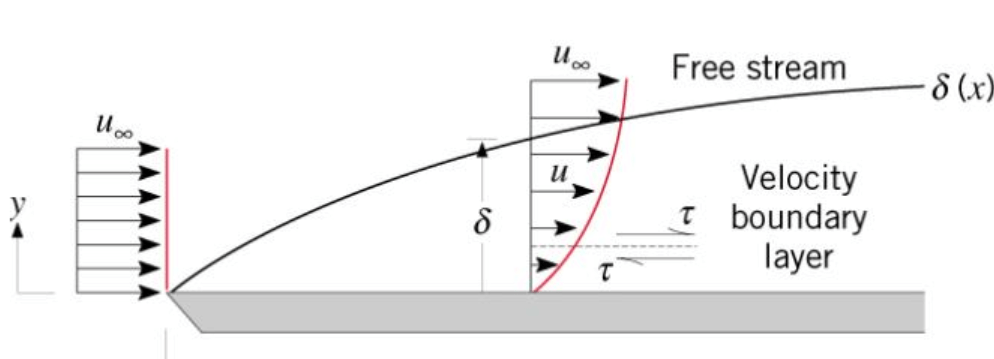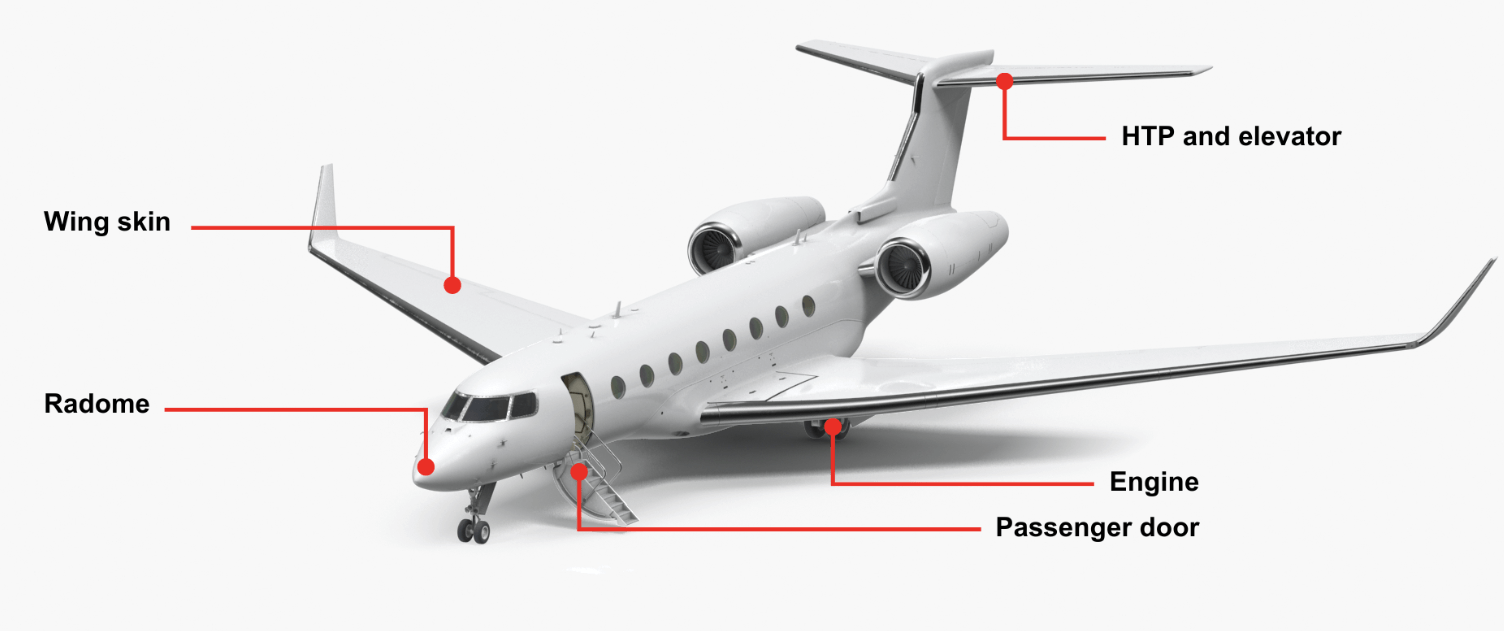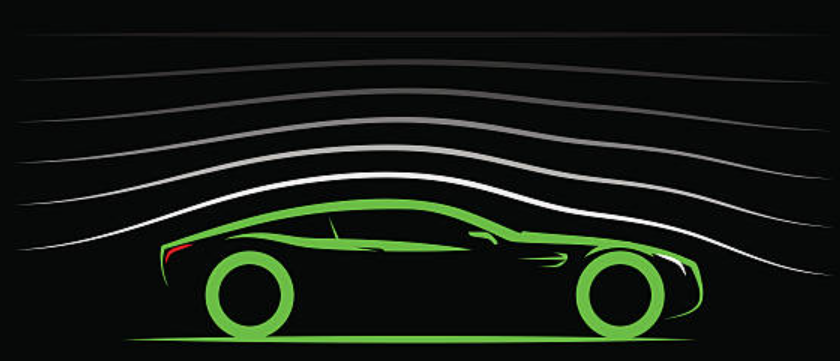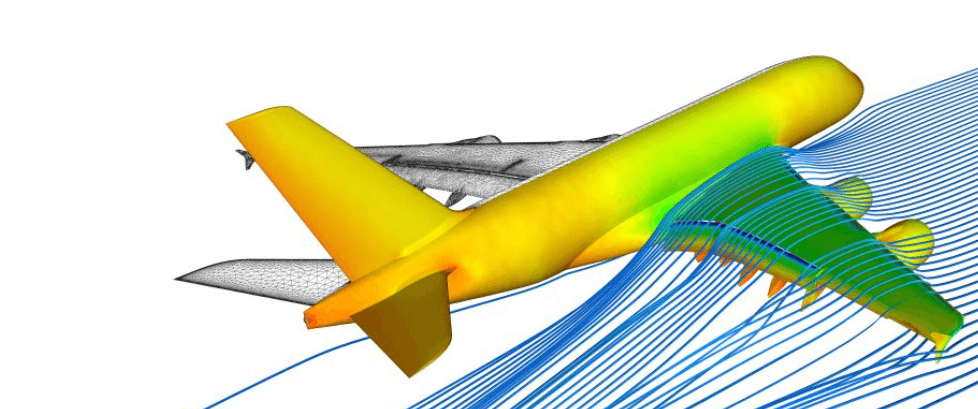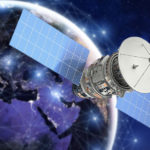624
Points
Questions
72
Answers
119
-
Asked on 3rd January 2025 in Space dynamics.
Since both the spaceships are moving in opposite direction, consider V_B = \text{Velocity of spaceship 2} = 0.58c V_A = \text{Velocity of spaceship 1} = -0.58c V_{B/A} = \frac{V_B – V_A}{1 – \frac{V_B \cdot V_A}{c^2}} \Rightarrow V_{B/A} = \frac{0.58c – (-0.58c)}{1 – \frac{0.58c (-0.58c)}{c^2}} \Rightarrow V_{B/A} = 0.868c Similarly, V_{A/B} = \frac{V_A – V_B}{1 – \frac{V_A \cdot V_B}{c^2}} \Rightarrow V_{A/B} = \frac{-0.58c – 0.58c}{1 – \frac{-0.58c(0.58c)}{c^2}} \Rightarrow V_{A/B} = -0.868c Velocity of aircrafts relative to each other is 0.868c.
- 229 views
- 1 answers
- 0 votes
-
Asked on 25th December 2024 in Astrodynamics.
Relativistic Doppler effect describes how the frequency of waves changes due to the relative motion of the source and observer. Using relativistic doppler effect,
\frac{f_0}{f_s} = \sqrt{\frac{1 + \beta}{1 – \beta}} \beta = \frac{v_{\text{rel}}}{c} v_{\text{rel}} = \frac{v_1 + v_2}{1 + \frac{v_1 v_2}{c^2}} v_1 = v_2 = 0.5c \Rightarrow v_{\text{rel}} = \frac{0.5c + 0.5c}{1 + \frac{(0.5c)(0.5c)}{c^2}} = \frac{4c}{5} \Rightarrow \beta = \frac{v_{\text{rel}}}{c} = \frac{\frac{4c}{5}}{c} = \frac{4}{5} = 0.8\textrm{Therefore,}f_0 = 20 \cdot \sqrt{\frac{1 + 0.8}{1 – 0.8}} = 60 \, \text{GHz}
- 419 views
- 1 answers
- 0 votes
-
Asked on 23rd December 2024 in Space dynamics.
The orbital speed of a spacecraft at different points in its elliptical orbit around a small planet can be found using the conservation of angular momentum (mvr), which remains constant throughout the orbit.
L_1 = L_2
L_1 = mv_1r_1
L_2 = mv_2r_2
\Rightarrow v_1 r_1 = v_2 r_2
\Rightarrow v_2 = \frac{453 \cdot 2530 \cdot 10^3}{12090 \cdot 10^3} = 94.797 \, \text{m/s}
- 207 views
- 1 answers
- 0 votes
-
Asked on 18th December 2024 in Flight mechanics.
(a) Induced drag = C_{D_i} = \frac{C_L^2}{\pi e AR}
L = \frac{1}{2} \rho v^2 S C_L
L = W = 9800 \, \text{N},
V = \frac{251000}{3600} = 69.7 \, \text{m/s},
S = 16.2 \, \text{m}^2,
e = 0.62,
AR = 7.31
\Rightarrow C_L = \frac{9800}{\frac{1}{2} (1.225) (69.7 \times 69.7) (16.2)} = 0.203
\Rightarrow C_{D_i} = \frac{(0.203)^2}{(3.14)(0.62)(7.31)} = 0.002894
q_\infty = \frac{1}{2} (1.225) (69.7)^2 = 2975.58\, \text{N/m}^2
\Rightarrow D_i = q_\infty S C_{D_i} = (2975.58)(16.2)(0.215) = 10363.95\, \text{N}
(b)
V_\infty = 85.5 \, \text{km/h} = 23.75 \, \text{m/s}
q_\infty = \frac{1}{2} (1.225) (23.75)^2 = 345 \, \text{N/m}^2
\Rightarrow C_L = \frac{L}{q_\infty S} = \frac{9800}{345 \times 16.2} = 1.75
\Rightarrow C_{D_i} = \frac{C_L^2}{\pi e AR} = \frac{(1.75)^2}{(3.14)(0.62)(7.31)} = 0.215
\Rightarrow D_i = q_\infty S C_{D_i} = (345)(16.2)(0.215) = 1202 \, \text{N}
- 262 views
- 1 answers
- 0 votes
-
Asked on 7th December 2024 in Mechanical engineering.
The fundamentals of aerodynamics and the ways they are applied in the field of mechanical engineering are described below.
- 1. Flow of fluid around any object:
- The principles of conservation of mass, momentum, and energy govern the dynamics of fluid flow around objects.
- Fluid flow behavior is complex, and is typically described using mathematical equations like the Navier-Stokes equations and due to the complexity of these equations, numerical methods are often used to solve them.
- The Lift and Drag forces:
- An object like an airfoil, wing, or rotor blade generates lift due to difference in pressure between its upper and lower surfaces.
- When an object moves through a fluid, it encounters a resistance force known as drag. Drag force is composed of several elements, like form drag, skin friction drag, and interference drag.
- Lift and drag forces are impacted by several factors, like angle of attack, object’s shape, and characteristics of the fluid.
- The Boundary layer phenomena:- The area close to a solid surface where fluid’s viscosity is more significant is known as boundary layer. It is a thin layer. The study of boundary layer phenomena is essential for calculating drag forces and for improving aerodynamic design.
- Applications in aerospace engineering:
- The design and performance of aerial vehicles like aircraft, missiles, and spacecraft are significantly influenced by aerodynamics.
- Aerodynamic principles are used for the design of aircraft components like wings, fuselage, and control surfaces. By understanding these principles, engineers can apply to achieve specific flight characteristics like stability, maneuverability, and efficiency, all of which are essential for optimal aircraft performance.
- 5. Applications of aerodynamics in Automotive Design:
- The performance and fuel efficiency of vehicles are significantly influenced by aerodynamics of air flow.
- To enhance fuel efficiency and achieve higher top speeds, automotive engineers design vehicle shapes, with the goal of minimizing drag and optimizing aerodynamic performance.
- 6. Application of aerodynamics in Wind Energy System:
- The design and operation of wind turbines are based on the principle of aerodynamics.
- To achieve maximum energy extraction from the wind and to minimize structural loads, engineers optimize the shape and configuration of turbine blades.
- Computational Methods for predicting aerodynamic performance:
- The governing equations of fluid flow are numerically solved by computational fluid dynamics (CFD) to predict aerodynamic performance.
- Engineers can utilize CFD to examine flow dynamics and enhance design.
- Influence of Geometric Parameters, Flow Conditions, and Aerodynamic Interference Effects:
- Aerodynamic performance is influenced by geometric parameters like shape, size and surface roughness.
- Lift and drag forces are influenced by airspeed, altitude and temperature.
- Aerodynamic interference effects arise when multiple objects like vehicles move in close proximity to one another or in aircraft configurations between wing and fuselage.
- 9. Strategies for Aerodynamic Optimization and Performance Enhancement:
- The iterative design process of aerodynamic optimization aims to enhance performance metrics like lift-to-drag ratio and aerodynamic efficiency.
- Optimization strategies include modifying the shape of the object, implementing air flow control techniques (such as vortex generators), and minimizing effects of aerodynamic interference.
Mechanical engineers can apply these principles to enhance the efficiency and performance of vehicles, aircraft, and wind energy systems.
- 328 views
- 1 answers
- 0 votes
-
Asked on 14th December 2023 in Aeronautics.
\frac{dh}{dt} = 3,000 ft/min = \frac{3000}{60} = 50\,ft/s\frac{dh}{dt} = P_{s} – \frac{V_{\infty }}{g}A\Rightarrow A = -\frac{\left ( 50 – 120 \right )32.2}{500} = 4.508 \,ft/s^{2}
- 1439 views
- 1 answers
- 0 votes
-
Asked on 14th December 2023 in Aeronautics.
v = 620\left ( \frac{5280}{3600} \right ) = 909.333\,ft/s; g = 32.2\,ft/s^{2}
Energy height =
h+\frac{v^{2}}{2g}=35000 + \frac{909.333^{2}}{2\left ( 32.2 \right )}=47839.853\,ft
- 1085 views
- 1 answers
- 0 votes
-
Asked on 14th December 2023 in Aeronautics.
\frac{T_{A}}{\left ( T_{A} \right )_{0}} = \frac{\rho }{\rho _{0}}
\left(T_{A} \right )_{0} is the thrust available at sea level. \rho _{0} is the standard sea level density.
From the equation we can see that the thrust produced by the turbojet engine is proportional to density of air. At sea level density of air is maximum so the amount of thrust produced by the turbojet engine is maximum. As the altitude increases, density of air decreases, so thrust produced by the turbojet engine also decreases.
Since thrust produced is proportional to velocity of aircraft, so as altitude increases thrust decreases and so velocity also decreases. Maximum thrust occurs at sea level, so maximum velocity is also at sea level.
- 1092 views
- 1 answers
- 0 votes
-
Asked on 14th December 2023 in Aeronautics.
\left ( C_{L} \right )_{max} = 1.55\,\rightarrow \mathrm{NACA}\,64-212\left ( C_{L} \right )_{max} = 1.52\,\rightarrow \mathrm{NACA}\,64-218
With plain flap deflection, \left ( C_{L} \right )_{max} = 1.72005
W = 960\,lb; S = 37.8\,ft^{2} V_{stall} = \sqrt{\frac{2}{\rho _{\infty }}\left ( \frac{W}{S} \right )\frac{1}{\left ( C_{L} \right )_{max}}}=\sqrt{\frac{2}{0.002377}\left ( \frac{960}{37.8} \right )\frac{1}{1.72005}}=111.4601\,ft/s
\Rightarrow V_{stall} = 75.99552\,mph
- 1114 views
- 1 answers
- 0 votes
-
Asked on 13th December 2023 in Aeronautics.
(a) \left ( \frac{C_{L}}{C_{D}} \right )_{max} = \frac{1}{2\sqrt{k\times C_{D,0}}} = \frac{1}{\sqrt{0.04\times 0.016}} = 19.7642
(b)\left ( \frac{C_{L}^{1/2}}{C_{D}} \right )_{max} = \frac{\frac{C_{D,0}}{3K}}{\frac{4C_{D,0}}{3}}=\frac{\sqrt{\frac{0.016}{3\left ( 0.04 \right )}}}{\frac{4\left ( 0.016 \right )}{3}} = \frac{0.36515}{0.02133}=17.12
(c)For \left ( \frac{C_{L}}{C_{D}} \right )_{max}C_{L} = \sqrt{\frac{C_{D,0}}{K}}=\sqrt{\frac{0.016}{0.04}} = 0.63246
S = 4.4\,m^{2};\rho = 1.225\,kg/m^{3},W = 3700\,N
V\left ( \frac{C_{L}}{C_{D}} \right )_{max} = \sqrt{\frac{2W}{SC_{L}\rho }} = \sqrt{\frac{2\left ( 3700 \right )}{4.4\left ( 1.225 \right )\left ( 0.63246 \right )}}= 46.59\,m/s
For \left ( \frac{C_{L}^{1/2}}{C_{D}} \right )_{max}C_{L} = 0.36515 V\left ( \frac{C_{L}^{1/2}}{C_{D}} \right )_{max}=V\left ( \frac{C_{L}}{C_{D}} \right )_{max}\sqrt{\frac{0.63246}{0.36515}}= 61.316\,m/s
(d) At 10,000 ft, \frac{{\rho}’}{\rho} = \sigma = 0.73833
{V}'{\left(\frac{C_{L}}{C_{D}} \right)}_{max}= V\left ( \frac{C_{L}}{C_{D}} \right )_{max}\times \frac{1}{\sigma} = 46.59\times \frac{1}{0.73833}
\Rightarrow {V}’\left ( \frac{C_{L}}{C_{D}} \right )_{max} = 54.22\,m/s
{V}'{\left(\frac{C_{L}^{1/2}}{C_{D}} \right)}_{max}= V\left ( \frac{C_{L}^{1/2}}{C_{D}} \right )_{max}\times \frac{1}{\sigma} = 61.316 \times \frac{1}{\sqrt{0.73833}} = 71.36\,m/s
- 1026 views
- 1 answers
- 0 votes



